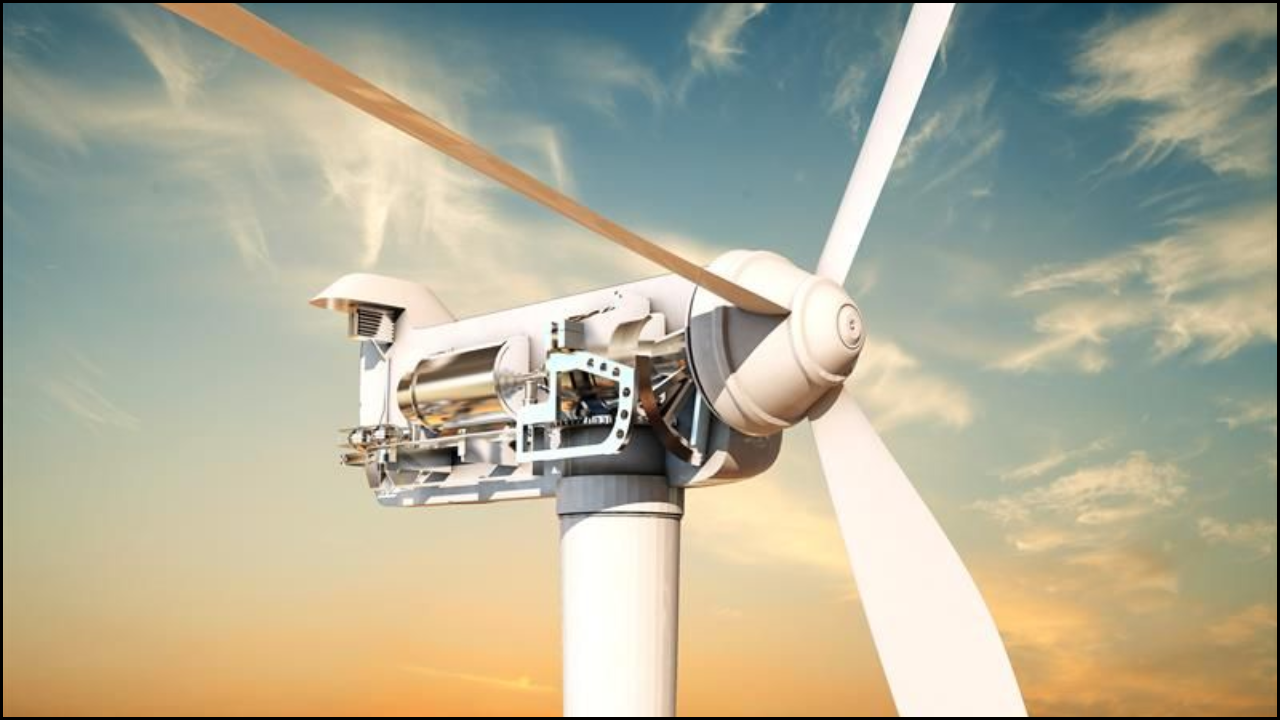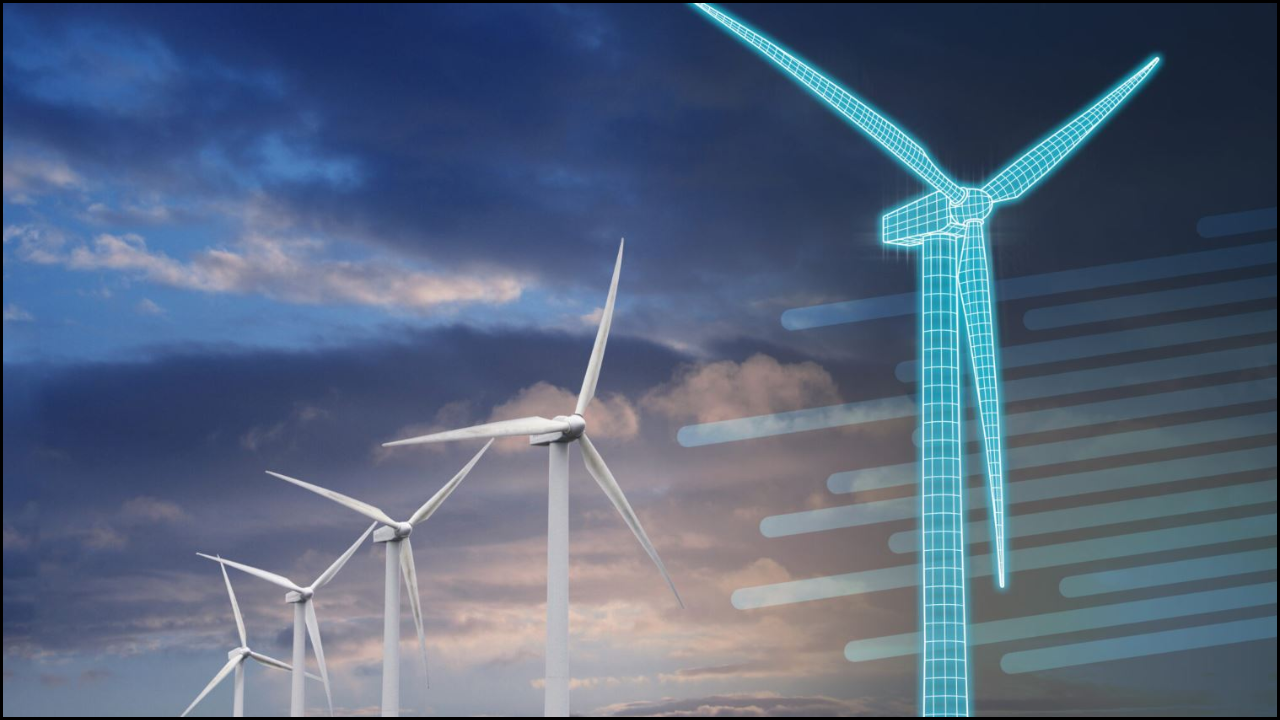
The engineering division of ORE Catapult represents a core strength in advancing the United Kingdom’s offshore renewable energy sector. A focus on innovation, collaboration, and sustainability drives every engineering initiative. The engineering team works alongside businesses, researchers, and policymakers to develop solutions that accelerate the transition to clean energy. The goal lies not only in enhancing technological capabilities but also in stimulating job creation, business growth, and environmental responsibility across the country.
Table of Contents
Key Objectives of ORE Catapult’s Engineering Team
- Development of advanced engineering solutions for offshore renewable energy challenges
- Support for UK-based innovation through technical collaboration
- Establishment of Centres of Excellence that focus on specialized domains
- Reduction of energy production costs through research and testing
- Promotion of global competitiveness in the renewable energy industry
Our Engineering Services
The engineering services provided by ORE Catapult are designed to turn innovative concepts into practical, scalable solutions. By integrating advanced research and real-world testing, the team ensures the long-term sustainability and efficiency of renewable energy systems.
| Service Area | Description |
|---|---|
| Design & Analysis | Engineers conduct complex structural and systems design for offshore renewable energy projects, ensuring resilience and efficiency in harsh marine environments. |
| Prototyping & Testing | Facilities provide space and resources for prototype testing, enabling validation of designs before large-scale deployment. |
| Performance Optimisation | Focus on improving turbine reliability, reducing downtime, and maximizing energy yield through engineering innovations. |
| System Integration | Support for integrating advanced technologies such as robotics, sensors, and AI-driven tools into renewable energy systems. |
| Supply Chain Collaboration | Joint efforts with UK businesses to enhance domestic supply chains and reduce dependence on international imports. |
Engineering Philosophy
The philosophy of ORE Catapult’s engineering division emphasizes collaboration, data-driven innovation, and sustainability. Each engineering project aligns with national goals to achieve net-zero emissions and energy independence.
- Innovation is encouraged through partnerships with universities, startups, and established industries.
- Real-world testing is prioritized over simulation-only approaches to ensure reliable deployment.
- Sustainability principles are embedded in every project design and operation.
Centres of Excellence
ORE Catapult has structured its innovation around multiple Centres of Excellence, each focusing on a key domain of offshore renewable energy. These centres act as dedicated innovation hubs where research, testing, and industry collaboration converge.
| Centre of Excellence | Focus Area | Key Objectives |
|---|---|---|
| Floating Offshore Wind (FOW CoE) | Commercialization of floating offshore wind energy | Accelerate deployment of floating wind farms, improve technology readiness, and reduce energy costs. |
| Operations & Maintenance (OMCE) | Offshore wind operational performance | Enhance operational efficiency, ensure safety, and promote best practices for cost reduction. |
| Robotics & Autonomous Systems (DARE Centre) | Digital, autonomous, and robotic technologies | Advance automation for offshore inspection, maintenance, and environmental monitoring. |
1. Floating Offshore Wind Centre of Excellence (FOW CoE)
- Established in 2019 to fast-track floating wind technology.
- Focuses on reducing energy costs and improving design efficiency.
- Collaborates with industry partners to create scalable solutions for deep-water wind farms.
- Aims to make the UK a global leader in floating wind innovation.
2. Operations & Maintenance Centre of Excellence (OMCE)
- Serves as a national hub for offshore wind operations.
- Promotes innovation and safety in maintenance practices.
- Encourages cross-sector collaboration among engineers, manufacturers, and researchers.
- Supports the adoption of digital tools to enhance turbine monitoring and predictive maintenance.
3. Digital, Autonomous and Robotics Engineering (DARE) Centre
- Located at ORE Catapult’s National Renewable Energy Centre in Blyth.
- Equipped with advanced testing facilities for robotics and autonomous systems.
- Enables controlled trials for robotic systems in both lab and marine environments.
- Supports research in AI-driven robotics for improved offshore inspection and performance analysis.
Technological Contributions of the Engineering Team
- Development of next-generation turbine designs capable of operating efficiently in extreme marine conditions.
- Implementation of data analytics for real-time performance tracking and predictive maintenance.
- Advancement of robotics and automation to minimize human intervention and improve safety.
- Enhancement of energy storage systems for better grid integration.
- Creation of digital twins for lifecycle analysis of offshore assets.
Collaboration with Industry and Academia
Partnerships with universities, private companies, and international organizations form the backbone of ORE Catapult’s engineering success. The goal is to create a knowledge-sharing ecosystem that empowers industries to scale innovative technologies efficiently.
| Collaboration Type | Purpose | Outcome |
|---|---|---|
| Industry Partnerships | Technical exchange with renewable energy firms | Development of practical and market-ready innovations |
| Academic Research | Collaboration with universities for R&D | Creation of advanced prototypes and data-driven insights |
| Government Support | Alignment with UK energy policies | Acceleration of national clean energy targets |
| International Engagement | Global collaboration on renewable projects | Strengthening of the UK’s global leadership in offshore wind |
Business Improvement and Supply Chain Support
The engineering team extends its impact by supporting businesses that wish to enter or expand within the renewable energy sector. Guidance is provided in process optimization, cost management, and market readiness.
- Business improvement programs assist local manufacturers and startups.
- Supply chain mentoring promotes resilience and competitiveness.
- Collaborative projects enhance job opportunities and regional development.
- Technical expertise helps small enterprises meet global offshore energy standards.
Leadership and Vision
Peter MacDonald, Head of Engineering at ORE Catapult, leads the department with a vision centered on growth, collaboration, and sustainable innovation. His approach integrates technical excellence with strategic foresight, ensuring that engineering outcomes contribute directly to the UK’s clean energy mission.
Future Directions
- Expansion of floating offshore wind capabilities.
- Increased integration of robotics in offshore maintenance.
- Advancement of digital simulation technologies for predictive analysis.
- Continued cost reduction and efficiency improvements across renewable systems.
- Strengthening of UK supply chains to support global market expansion.
Key Takeaways
Engineering excellence at ORE Catapult defines the future of offshore renewable energy. The combination of advanced technology, strong leadership, and collaborative innovation ensures the UK’s position as a global frontrunner in clean energy transformation. Each Centre of Excellence reflects a strategic effort to merge research with real-world application, paving the way for sustainable growth, economic development, and a greener planet.





